I know this is a rather old question, but since I had the same problem, let me share the solution I came up with.
What I did is to smuggle in a rectangle and make sure it is the bottom-most element (i.e. basically part of the background). However, there are a few gotchas when doing this, because the underlying CodeArea is not aware of our new node. If you just insert the rectangle, it might get removed when the CodeArea decides to rebuild the nodes. And getting the right width is a bit tricky because the width of line numbers can basically change at any time and the line-number labels themselves fade in and out of existence whenever you scroll.
So, in order to address these issues, my code sits in the layoutChildren() method and is thus called whenever the nodes in the editor have changed. First we check that the rectangle is actually there as the bottom-most node or insert it if missing. Second, we set the width of the rectangle to the width of the first visible line-number label (which might fail if there are no paragraphs at the moment).
The code itself here is in Scala, but probably easy enough to be quickly adapted to Java.
class MyCodeArea extends CodeArea {
protected val gutterRect = new Rectangle()
gutterRect.heightProperty.bind(this.heightProperty)
gutterRect.getStyleClass.add("lineno")
override protected def layoutChildren(): Unit = {
try {
val children = getChildren
if (!(children.get(0) eq gutterRect))
children.add(0, gutterRect)
val index = visibleParToAllParIndex(0)
val wd = getParagraphGraphic(index).prefWidth(-1)
gutterRect.setWidth(wd)
} catch {
case _: Throwable =>
}
super.layoutChildren()
}
}
Unfortunately, the colour of the rectangle must be assimilated manually. The reason is that the Labels used for line numbers use -fx-background-color, whereas the Rectangle uses -fx-fill. Hence, just setting the same CSS class "lineno" (as I did in my code above) does little to get the colour right. But it allowed me to put both into the same CSS class and therefore have one place where I can change it:
.lineno {
-fx-fill: ivory; // or whatever colour you like
-fx-background-color: -fx-fill;
}

